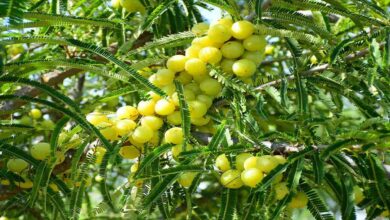Bottle Gourd Farming: There is demand for this vegetable in every season, farmers are becoming rich by cultivating it
Bottle Gourd Farming: Cultivation of gourd proves to be very beneficial for the farmers. One such vegetable whose demand remains throughout the year is gourd. In such a situation, its cultivation proves to be very beneficial for the farmers. Talking about all the vegetables related to gourd, gourd is considered a very important vegetable.

Generally, a gourd is of two shapes: round and long. Long gourd is called Ghiya, while round gourd is called Petha. Apart from vegetables, gourd is used to make dishes like halwa and raita. Its leaves, stems and pulp are also used to make many types of medicines. The dried peels of gourd were earlier used to fill liquor or spirits; hence, it is called bottle gourd.
Gourd can be cultivated three times a year
One such vegetable is cultivated three times a year. Gourd is cultivated in Zaid, Kharif and Rabi seasons. Rabi crop is sown from the end of September to the first week of October, Kharif crop from mid-June to the first week of July and Zaid crop in mid-January. To sow the Zaid crop early, a gourd nursery is prepared in mid-January.
Keep these things in mind
Gourd cultivation requires a warm, humid environment. It is sown in wet and summer months. Gourd crops can be damaged by frost. Although it is grown in many places according to the season, its crop is good in dry and semi-arid areas. A temperature of about 30 degrees is ideal for gourd cultivation. Its main varieties include Arka Nutan, Arka Shreyas, Pusa Santushti, Pusa Sandesh, Arka Ganga, Arka Bahar, Pusa Naveen, Pusa Hybrid 3, Samrat, Kashi Bahar, Kashi Kundal, Kashi Kirti and Kashi Ganga.
Do farming in this way
You can prepare gourd plants in the nursery and plant them immediately in the field so that there can be rapid and abundant production. Plants are prepared twenty to twenty-five days before transplanting in the field. Prepare its nursery on one side in the prepared field. Plant the seed at a depth of about 4 cm. Apply a thin layer of soil and give minimum water. Its plants can also be prepared in fiber or plastic glasses. Irrigate every four to five days. The crop starts getting ready 50 to 55 days after transplanting. As soon as the fruits appear of proper size and dark green color, pluck them. Pluck the fruits along with the stem. This keeps the freshness of the fruits for a long time.





